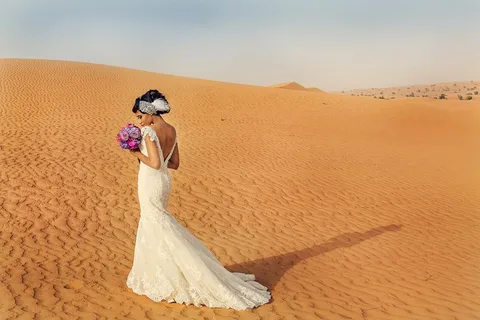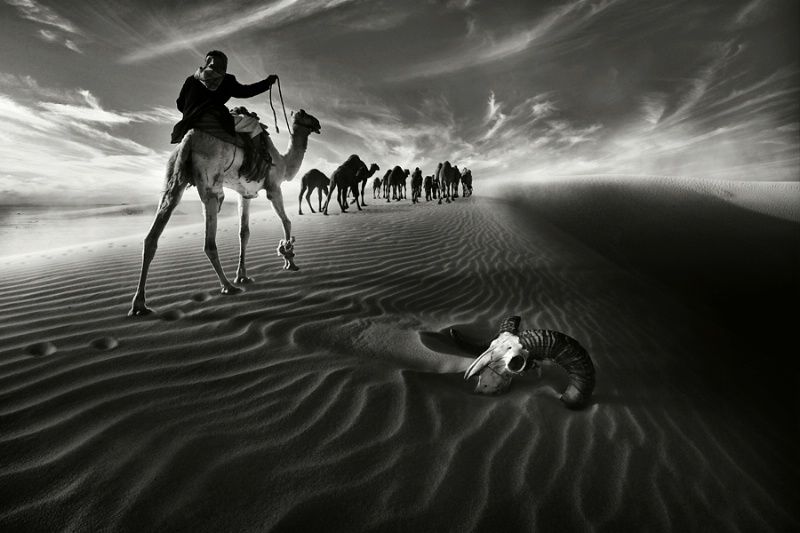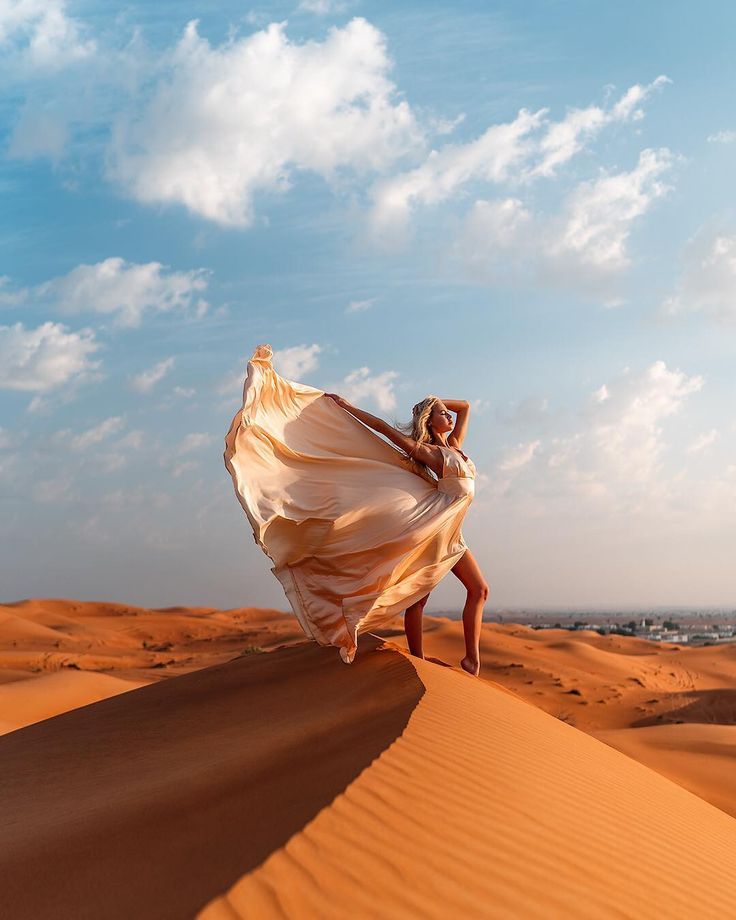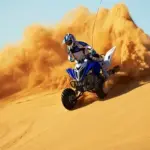Deserts, with their vast expanses of sand, unique light, and dramatic landscapes, offer a treasure trove of photographic opportunities. Whether you are a professional photographer or an enthusiastic amateur, **photography can be an incredibly rewarding experience. This article will delve into various aspects of **photography in the desert**, providing tips, techniques, and insights to help you make the most of your desert adventure.
**Photography in the desert** is alluring for many reasons. The stark, minimalist landscapes, the play of light and shadow, and the unique flora and fauna create a visually stunning environment. The ever-changing dunes and the striking contrast between the sky and the sand make **photography in the desert** a unique experience. The isolation and tranquility of deserts also provide a serene backdrop, allowing photographers to connect deeply with their surroundings and focus on their craft.
Essential Gear for Desert Photography
When preparing for **photography, having the right gear is crucial. The harsh conditions can be tough on equipment, so it’s essential to be well-prepared. Key items include:
– **Camera and Lenses**: A sturdy SLR or mirror less camera with a range of lenses, from wide-angle to telephoto, will cover most shooting scenarios in the desert.
– **Tripod**: A stable tripod is essential for capturing long exposures and night sky photography.
– **Protective Gear**: Dust and sand can damage camera equipment, so invest in lens filters, cleaning kits, and protective covers.
– **Clothing and Accessories**: Wear breathable, light-colored clothing to protect yourself from the sun. Don’t fail to think of a hat, sunglasses, and sunscreen.
Light plays a crucial role in **photography in the desert**. The quality of light changes dramatically throughout the day, and understanding these changes can enhance your photos significantly.
Golden Hour and Blue Hour
The golden hour, shortly after sunrise and before sunset, offers soft, warm light that can add a magical quality to desert landscapes. The blue hour, just before sunrise and after sunset, provides a cooler, more ethereal light that is perfect for capturing the desert’s serene beauty. Planning your shoots around these times can greatly enhance your **photography .
Midday Challenges
Midday sunlight can be harsh and unforgiving, casting strong shadows and creating high-contrast scenes. However, this time can be used creatively. Focus on abstract compositions, capturing the patterns and textures of the sand. Play with shadows to add depth and interest to your photos.
Capturing the Dunes
Sand dunes are iconic elements of desert landscapes, and **photography would be incomplete without capturing these majestic formations. To make the most of your dune shots:
– **Patterns and Textures**: Look for patterns in the sand created by the wind. These can make for stunning abstract images.
– **Leading Lines**: Use the natural curves and lines of the dunes to lead the viewer’s eye through the frame.
– **Shadows and Highlights**: Early morning or late afternoon light casts long shadows, highlighting the contours and textures of the dunes.
Photographing Desert Wildlife
Deserts are home to a surprising variety of wildlife, from insects and reptiles to mammals and birds. **Photography in the desert** offers the chance to capture these unique creatures in their natural habitat. To do so successfully:
– **Patience and Stealth**: Wildlife can be elusive, so patience is key. Move slowly and quietly to avoid startling your subjects.
– **Telephoto Lenses**: A telephoto lens allows you to capture wildlife from a distance without disturbing them.
– **Focus on Details**: Get close-ups of interesting features like the texture of a lizard’s skin or the delicate wings of a desert bird.
Night Sky Photography
One of the most magical aspects of **photography in the desert** is the opportunity to capture the night sky. With minimal light pollution, deserts offer some of the clearest and most stunning views of the stars. Tips for successful night sky photography include:
– **Long Exposures**: Use long exposures to capture the movement of the stars and create star trails.
– **Wide-Angle Lenses**: A wide-angle lens allows you to capture more of the sky and the landscape below.
– **High ISO**: Use a high ISO setting to capture more light, but be mindful of noise and grain in your photos.
Post-Processing Tips
Post-processing is an important part of **photography in the desert**. It allows you to enhance your images and bring out the best in your shots. Key post-processing tips include:
– **Adjusting Exposure**: Correct any exposure issues and enhance the dynamic range to bring out details in both shadows and highlights.
– Color Correction Adjust the white balance to correct any color casts and enhance the natural hues of the desert landscape.
– Sharpening and Noise Reduction: Apply sharpening to bring out details and use noise reduction to clean up any grain, especially in night sky photos.
Ethical Considerations
When engaging in **photography in the desert**It’s important to be mindful of the environment and local wildlife. come behind Leave No Trace principles to minimize your impact:
– Stay on Marked Trails: Avoid disturbing the natural landscape by sticking to established paths.
– Respect Wildlife Observe animals from a distance and avoid disrupting their natural behavior.
-Pack Out All Trash Leave the desert as you found it, taking all your trash with you.
Conclusion
Photography in the desert is a unique and rewarding experience, offering endless opportunities for creativity and exploration. By understanding the light, being prepared with the right gear, and respecting the environment, you can capture stunning images that convey the beauty and majesty of the desert. Whether you’re photographing sand dunes, wildlife, or the night sky, the desert provides a dramatic and ever-changing canvas for your photographic endeavors. Embrace the challenge, and let the desert inspire your artistry.





